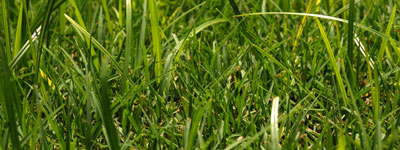Question of the Week: May 14, 2020
“Neil, I have nutgrass coming up in my yard. What can I use to stop it?”
I’m usually not too wrapped up in getting names perfectly straight. If I can figure out what someone is asking about, I’m fine with it all. However, in this case, I do feel compelled to mention that this weed is a sedge and not a true grass. Sedges have triangular stems. Grass stems are round.

None of that matters much except for the fact that traditional grass-killing herbicides won’t do much good on nutsedge.
Steps to controlling nutsedge…
• Nutsedge is so-named because it produces small swollen root structures that resemble miniature coconuts. They daisy-chain between plants, soon spreading the weed throughout the lawn.
• Because these “nuts” are so tenaciously held in the soil, you won’t be able to pull or even dig this weed out. They’ll break off and remain to sprout up almost immediately.

• You’ll use different products to control nutsedge than almost any other weeds that you face. The original Image (for nutsedge) and a somewhat newer product called SedgeHammer are your best choices. Both are applied directly to the soil and then watered in thoroughly. That’s unusual for herbicides. Generally we’re told to apply them when no rain is expected for 24 to 48 hours. In this case, however, we are instructed to soak them into the ground.
• These weedkillers are both taken into the nutsedge via its roots. Once they’re in the plants’ systems they’ll gradually cause the nutsedge to wither and die. It won’t happen as quickly as you’re used to seeing with other weedkillers, but a few weeks later you’ll notice that the nutsedge is gone.
• Time to treat for the best results would be from now until mid-August, while the nutsedge is growing most actively. You may notice with Image that your turfgrass in the treated area will grow more slowly. That’s to be expected.
• Read and follow label directions completely. That’s especially important if you want to use these products around trees, shrubs and even selected perennials. If in doubt, let your Texas Master Certified Nursery Professional advise you.
